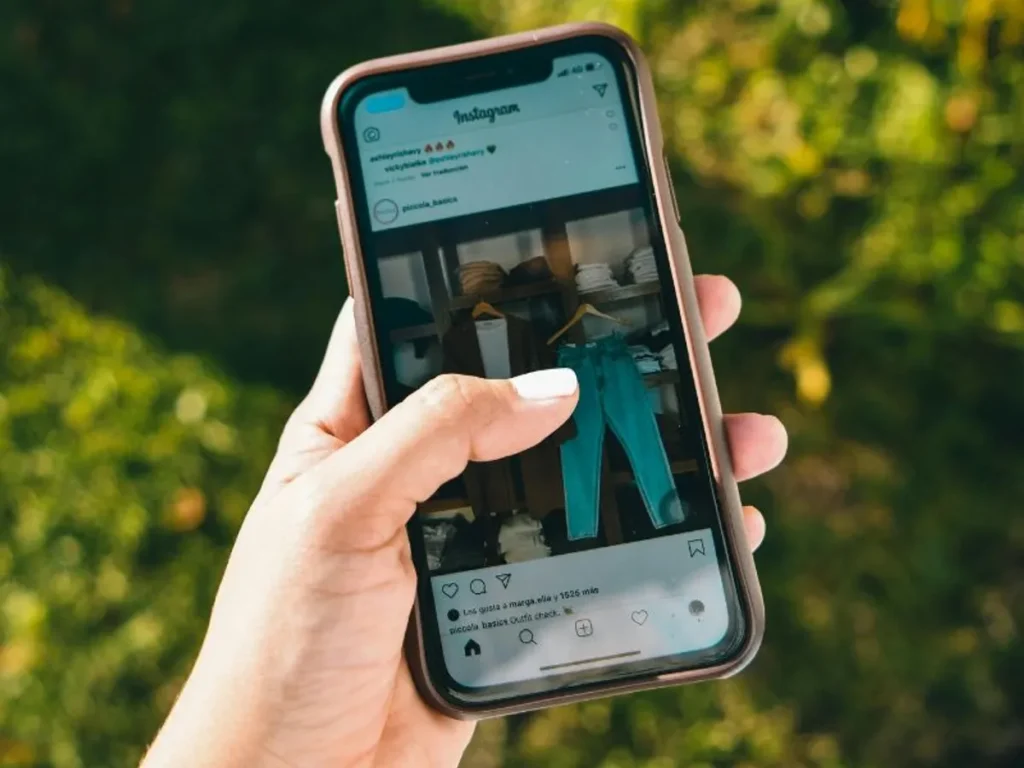Imagine snacking on chips after a long day. They’re tasty, quick and satisfying, even if they lack nutrition.
Scrolling through reels is like the “junk food” of social media. They give a quick burst of happiness (dopamine), but the fulfillment is short-lived. Reels provide instant gratification without requiring effort, much like indulging in comfort food after a stressful day.
Understanding Brain Rot
“Brain rot” has been making headlines recently, highlighting how teenagers and young adults are damaging the imaginative part of their brains. Social media platforms bombard us with rapid bursts of dopamine from endless feeds of visually stimulating and emotionally engaging content. Each meme, video or reel gives us a small reward, making us crave more.
What we often don’t realize is that we’re never really resting. Even when we think we’re taking a break scrolling through Insta, for example—our brains are still active. Not every post, reel, or tweet will make us angry. Some will make us happy, and others might make us sad. Then we get confused when something funny pops up. This constant shift in emotions can be harmful. Give your emotions time to process and let your brain fully feel what it’s experiencing. Over time, this can make it harder to enjoy slower, more meaningful activities like reading, having deep conversations, or doing creative work.
Consequences of this Behaviour
Here are a few consequences that come with this endless scrolling:
1) FOMO (Fear of Missing Out)
Imagine a buzzing party everyone’s talking about, but you weren’t invited. Social media reels often make viewers feel left out of experiences they want but can’t have.
- Reels show idealized lives, creating a desire for experiences that may not be realistic.
- While these reels provide temporary joy, they can also amplify feelings of loneliness and dissatisfaction when reality doesn’t match expectations. You’ll never be happy if you’re always feeling FOMO and thinking you have less.


2) Shifting Values
Overexposure to surface-level content makes us overlook the treasures of meaningful learning and personal growth.
- Social media emphasises appearances and aesthetics, shifting social values to prioritise superficial standards like likes and views over substance. Looks are valued more than impactful content.
- For younger audiences, this can reinforce the idea that curated perfection is more important than genuine effort or self-improvement. This leads to a desire to only be aesthetically pleasing. This mindset often leads to trends that have no real cultural value. People follow them just to seek validation.
3) Relatability vs. Aspirational Content
Let’s break it down with a simple example: you walk past a luxurious store window and imagine owning the items inside, even if they’re out of reach. Couple reels work similarly—they offer a glimpse into what life “could” look like.

- While only a few viewers may relate directly to the content, many project their desires onto it, imagining themselves in similar situations.
- However, this aspirational want can backfire leaving us, viewers disappointed when their own lives don’t match with what they see online.
4) Algorithm Bias
At a party, the loudest person often gets the most attention, even if their conversation lacks depth. Social media algorithms work similarly, promoting content that is home to quick engagement, like couple reels or memes.
- Emotional and entertaining content gets more likes and shares, which makes it more visible in the algorithm.
- Educational posts, which require more thought, often struggle to get the attention they deserve in this fast-paced, attention-driven world.
5) Mental Health Concerns
Drinking saltwater might seem like a solution when you’re thirsty, but it only worsens dehydration. Similarly, consuming idealised content in hopes of finding happiness can make mental health issues worse.
- Scrolling through reels might provide brief joy, but it can also intensify feelings of inadequacy or envy in the long run.
- Prolonged exposure to this kind of content without critical thinking can lead to anxiety, depression, and a poor sense of self-worth.
Stop Scrolling, Start Feeling—Take Back Control
Scrolling isn’t inherently bad—it’s the way we engage with it that matters. By understanding how dopamine works in our brains and how platforms are designed to keep us hooked, we can make more mindful choices about our screen time.
This isn’t about avoiding social media or feeling guilty for using it. It’s about becoming aware of how these patterns shape us and making conscious decisions to create a healthier relationship with the digital world.
- Use social media as a tool for growth: Follow accounts that inspire, educate or uplift you.
- Take breaks when needed: Real life isn’t a reel, and it doesn’t have to be perfect to be meaningful.
- Share your journey authentically: Be part of the change by creating or supporting content that adds value to others.
Social media is a reflection of what we choose to engage with. By seeking balance and embracing content that balances our minds and hearts, we can turn it into a space for connection, growth and positivity.


